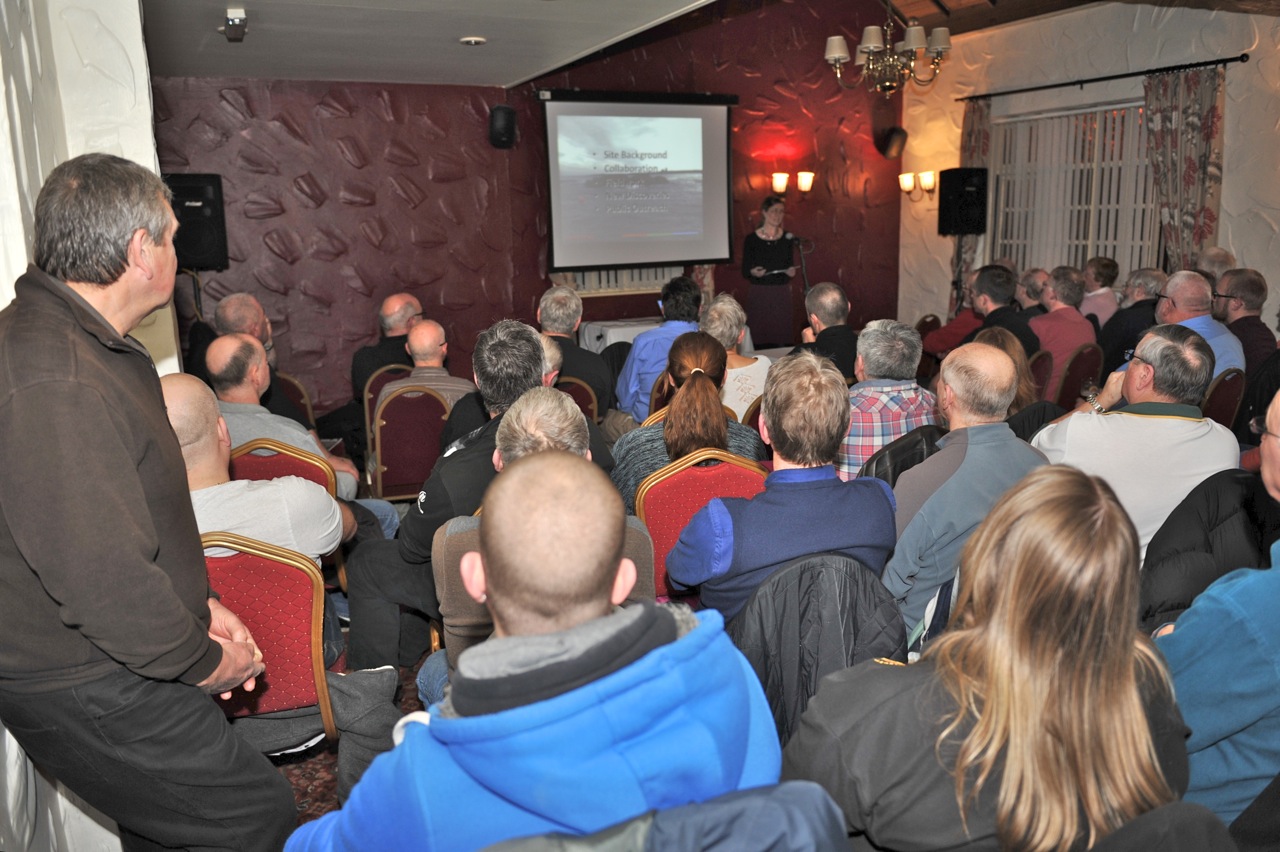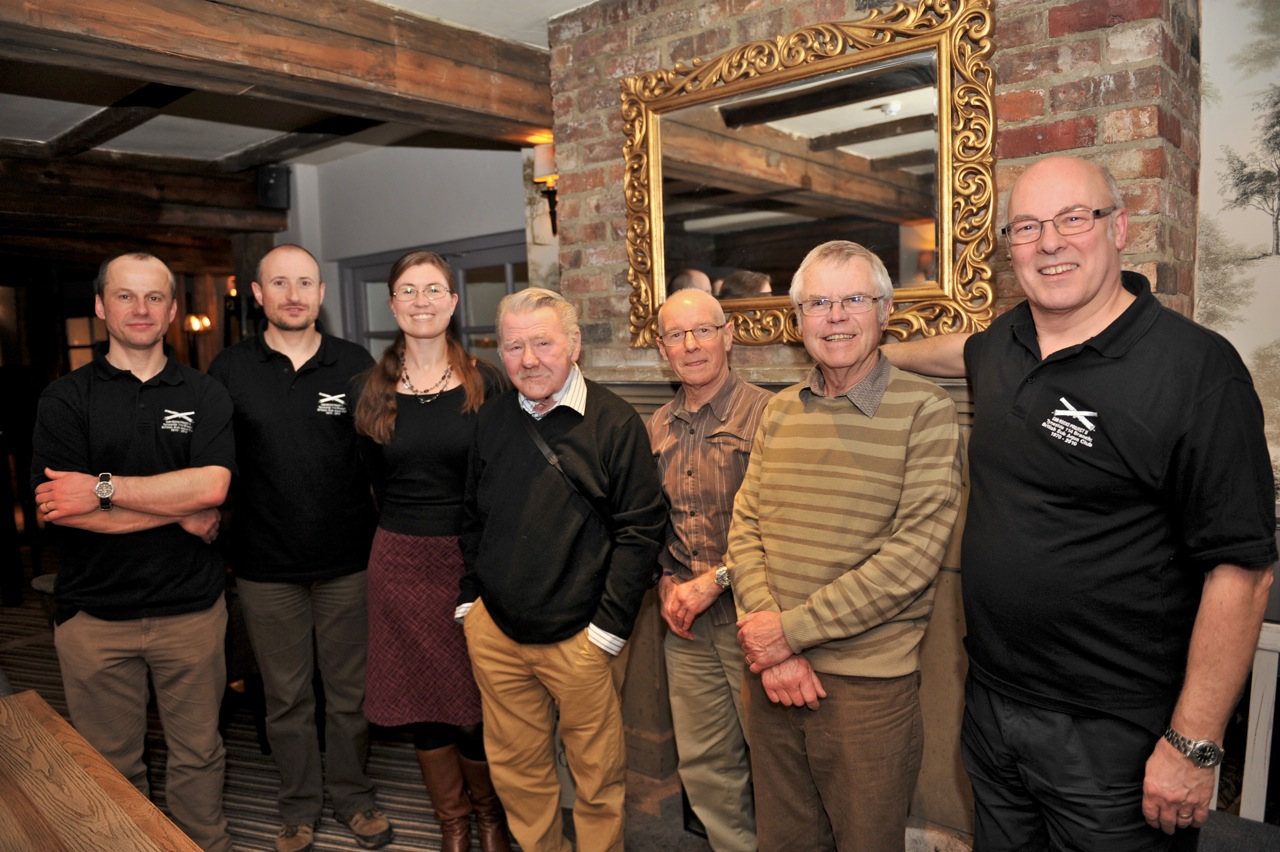
Tyneside 114 British Sub-Aqua Club (BSAC) recently held a very successful event to hear about past investigations on the Gun Rocks wreck, and to encourage future work on the site which is in the Farne Islands. Coastal & Marine archaeologist Peta Knott was invited to share the adventures and discoveries from the fieldwork undertaken on the wreck in 2013.
It was standing room only in the function room of a pub outside of Newcastle upon Tyne as past and present members of Tyneside BSAC, along with interested locals, waited hear old and new tales about the Gun Rocks wreck. The evening commenced with reminiscences by Harry Harvey, one of the original survey team members. He outlined the fieldwork and archival research that was completed in the summer of 1970 and spoke about how the divers had been very keen to learn the history of the wreck, and prevent unscrupulous divers from destroying the site.

Then the packed audience heard from former Tyneside Diving Officer, Andy Hunt, who talked about the work done in 2010 to commemorate 40 years of the club being associated with the wreck.
The official part of the evening finished with Peta Knott describing the fieldwork that was completed in the summer of 2013 by Wessex Archaeology with Tyneside BSAC and English Heritage divers. Peta outlined the geophysical and diving investigations undertaken that revealed 19 cannon in two separate areas near Gun Rocks. The audience was particularly interested in the identification of the wreck as an early 18th century Dutch merchant ship that was carrying a cargo or ballast of Swedish cannon, as previously the wreck was erroneously believed to be a Spanish Armada wreck. Another highlight of the talk was the explanation of the partnership that was developed between English Heritage, Tyneside and Wessex Archaeology during this fieldwork. This three-way partnership is the new favoured model for English Heritage wreck investigations and aims to maximise the skills of the professional archaeologists by making the most of the local knowledge, enthusiasm and continuity of the local divers.
The enthusiasm for the Gun Rocks wreck was clearly present that evening and discussions went on well after the pub was supposed to close. The original survey team members were keen to share their experiences and many audience members wanted to ask questions about the recent fieldwork, and make further suggestions about the identity of the wreck.
There is now increased interest in the Tyneside club completing more work on the wreck in the future as there are still many anomalies on the site to be investigated, which may reveal more archaeological remains. The durable nature of the cannon on site and the presence of interesting remains within a compact area, in conjunction with the substantial diving industry in the Farne Islands, would also make a dive trail on this site viable and an underwater guidebook would assist divers in locating the cannon underneath the prevalent kelp.
While Wessex Archaeology’s involvement with the Gun Rocks wreck ostensibly finished with the submission of an archaeological report to English Heritage in 2013, Wessex Archaeology is pleased to support Tyneside’s interest in the wreck. As this recent event demonstrates, Tyneside have become devoted wreck custodians and are likely to continue their association with the Gun Rocks wreck in the future, which is surely of benefit to our precious maritime heritage.
By Peta Knott, Archaeologist Coastal & Marine